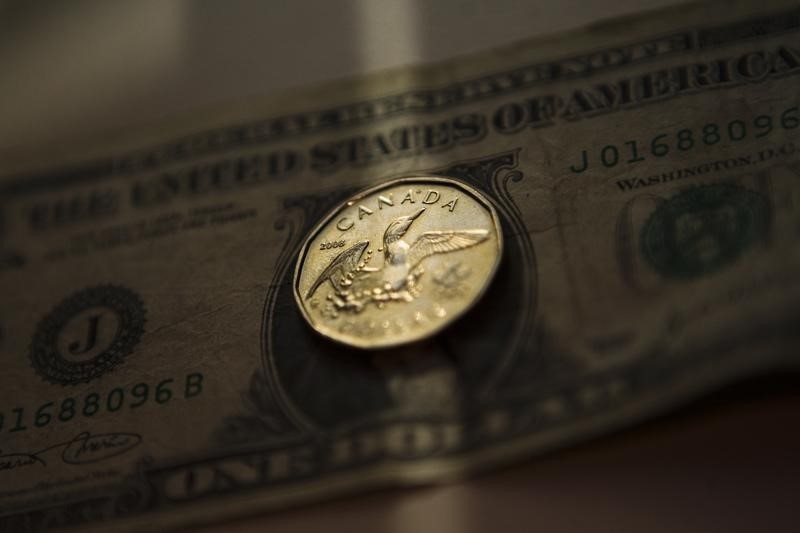Investing.com - The U.S. dollar dropped to one-and-a-half week lows against its Canadian counterpart on Friday, as a rebound in oil prices helped the Canadian currency, although demand for the greenback remained broadly supported.
USD/CAD hit 1.4140 during early U.S. trade, the pair’s lowest since January 11; the pair subsequently consolidated at 1.4142, retreating 0.89%.
The pair was likely to find support at 1.4062, the low of January 11 and resistance at 1.4383, the high of January 13.
Oil prices rose back above $31 a barrel on Friday, as freezing weather conditions and snowstorms swept across the U.S. East Coast and parts of continental Europe.
Crude had plunged below $27 dollars a barrel on Wednesday for the first time since 2003, as investors worried that a huge oversupply was coinciding with an economic slowdown, especially in China.
In Canada, data on Friday showed that retail sales rose 1.7% in November, beating expectations for an uptick of 0.2%. Core retail sales, which exclude automobiles, were up 1.1% in November, compared to expectations for a 0.4% gain.
A separate report showed that Canada’s consumer price index slipped 0.5% in December, compared to expectations for a 0.4% downtick. Year-on-year, CPI increased by 1.6%.
Core CPI, which excludes the eight most volatile items, fell 0.4% last month, confounding expectations for a 0.3% slip.
Meanwhile, the different monetary policy stance between the European Central Bank and the Federal Reserve lent broad support to the greenback.
The U.S. dollar strengthened broadly after ECB President Draghi said on Thursday that it would be necessary to “review and reconsider” the bank’s monetary policy at its next meeting in March, when new economic projections become available.
Adding to these comments on Friday morning, Draghi said the bank has “plenty of instruments” to reach price stability in the euro area.
The loonie was sharply higher against the euro, with EUR/CAD plummeting 2.59% to 1.5291.
Earlier Friday, research group Markit said the euro zone composite purchasing managers’ index, which includes manufacturing and service sector activity, ticked down to 53.5 in January from 54.3 in December.
